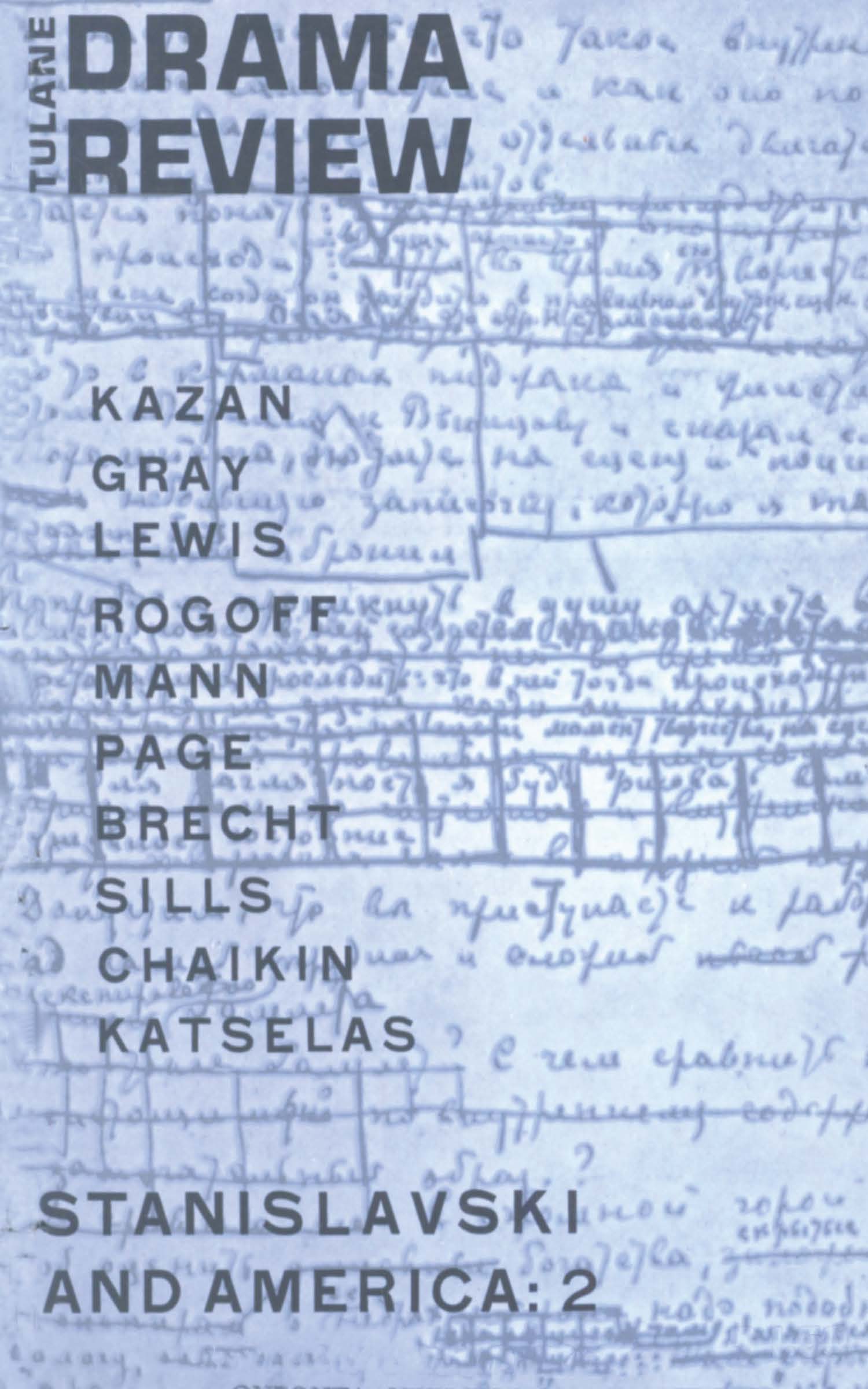Article contents
New Plays of Ionesco and Genet
Published online by Cambridge University Press: 23 November 2021
Extract
The parable of Eugène Ionesco's new play, Le Rhinocéros, is simple and obvious. The inhabitants of a small provincial town are transformed into rhinoceroses. At first this process is gradual, and then more and more precipitous. The protagonist, whose name is Bérenger, like that of the protagonist in Tueur sans gages, sees in the first scene one or two of the inhabitants of his town metamorphosed. In the second scene, a colleague in the office where he works becomes a rhinoceros. In the third, his best friend, Jean, is transformed before his very eyes. In the last scene, his mistress rushes off to join the herd. He remains alone, the last soul in the town to resist the epidemic. He refuses to comply with the collective mania, the standardization or nazification of his world. The parable is on the sacred individuality of man. Alone the protagonist Bérenger remains faithful to his vocation of man.
- Type
- Research Article
- Information
- Copyright
- Copyright © The Tulane Drama Review 1960
- 2
- Cited by


